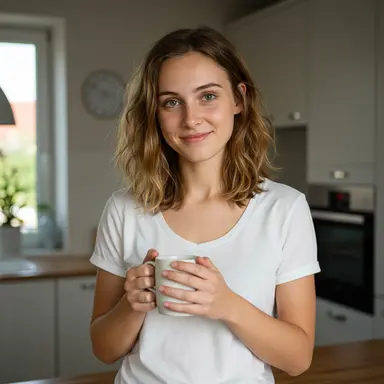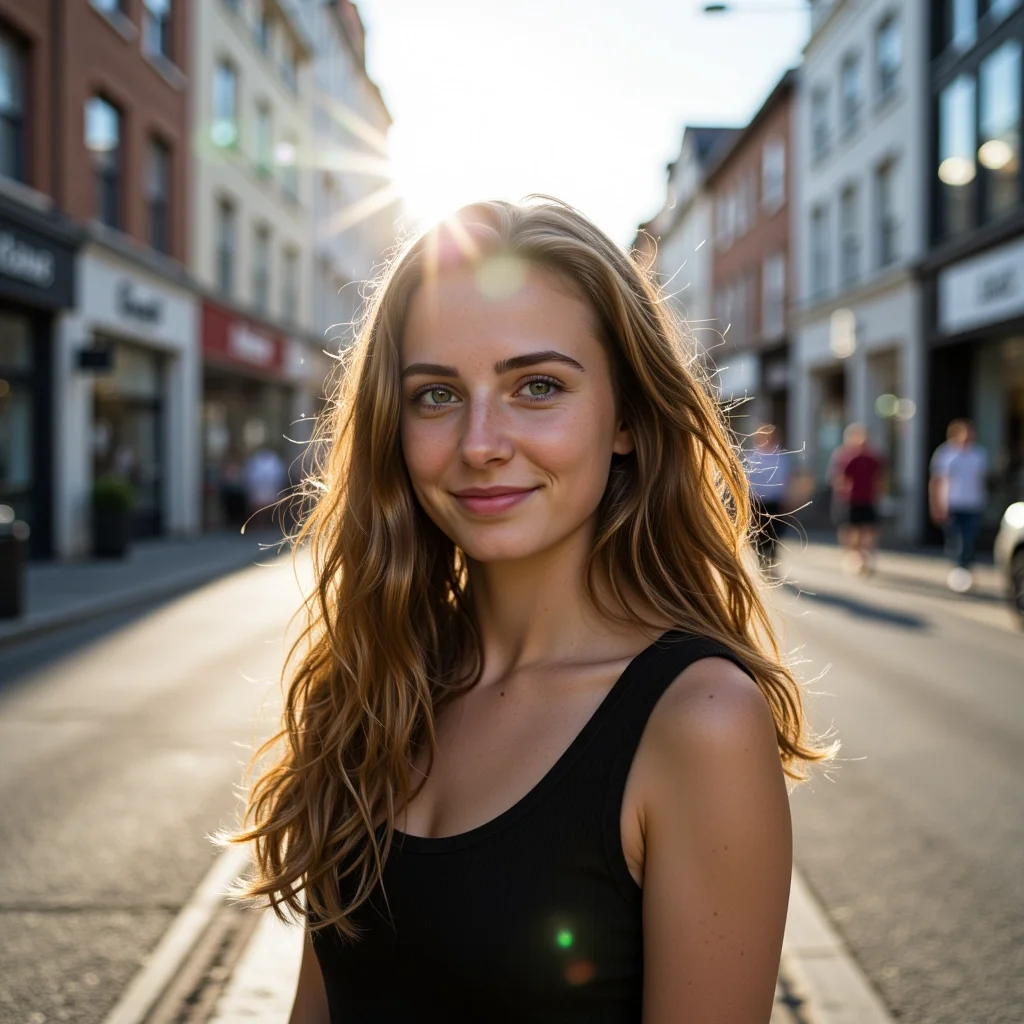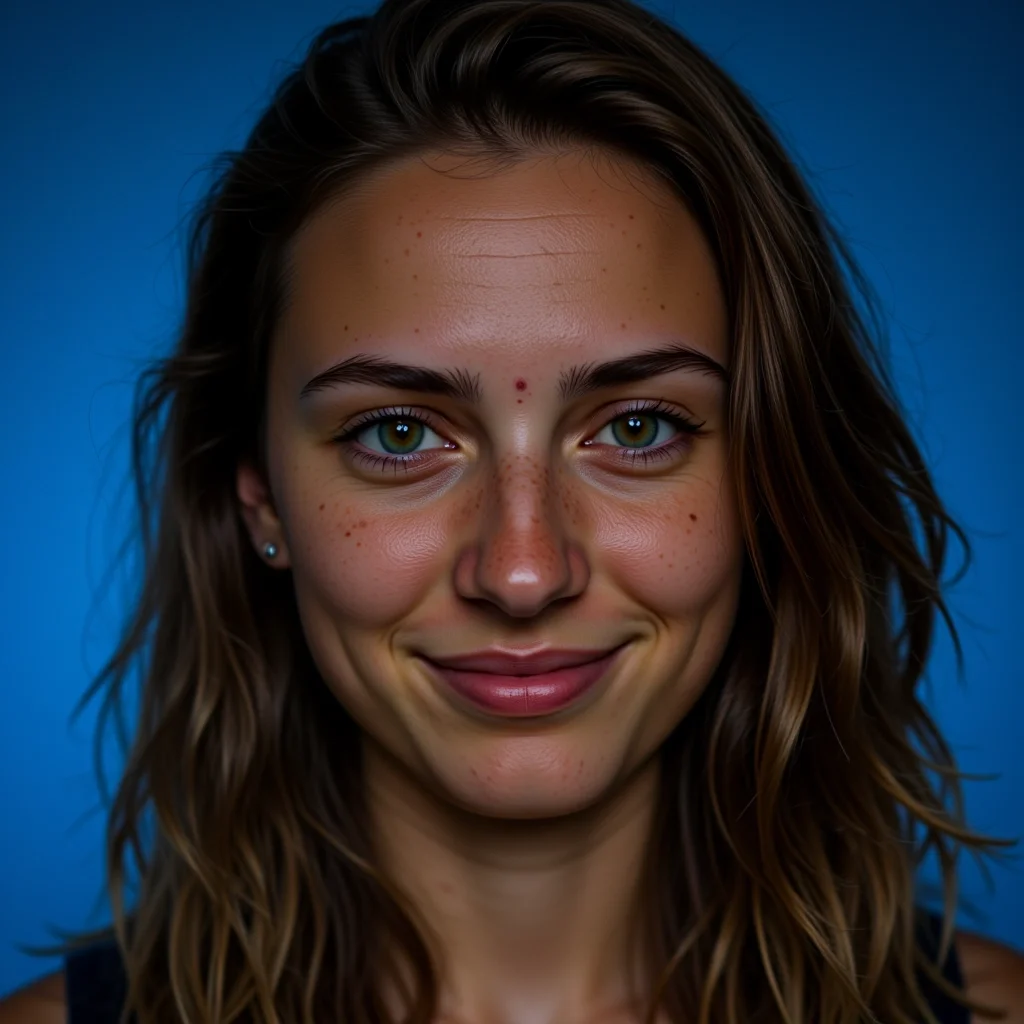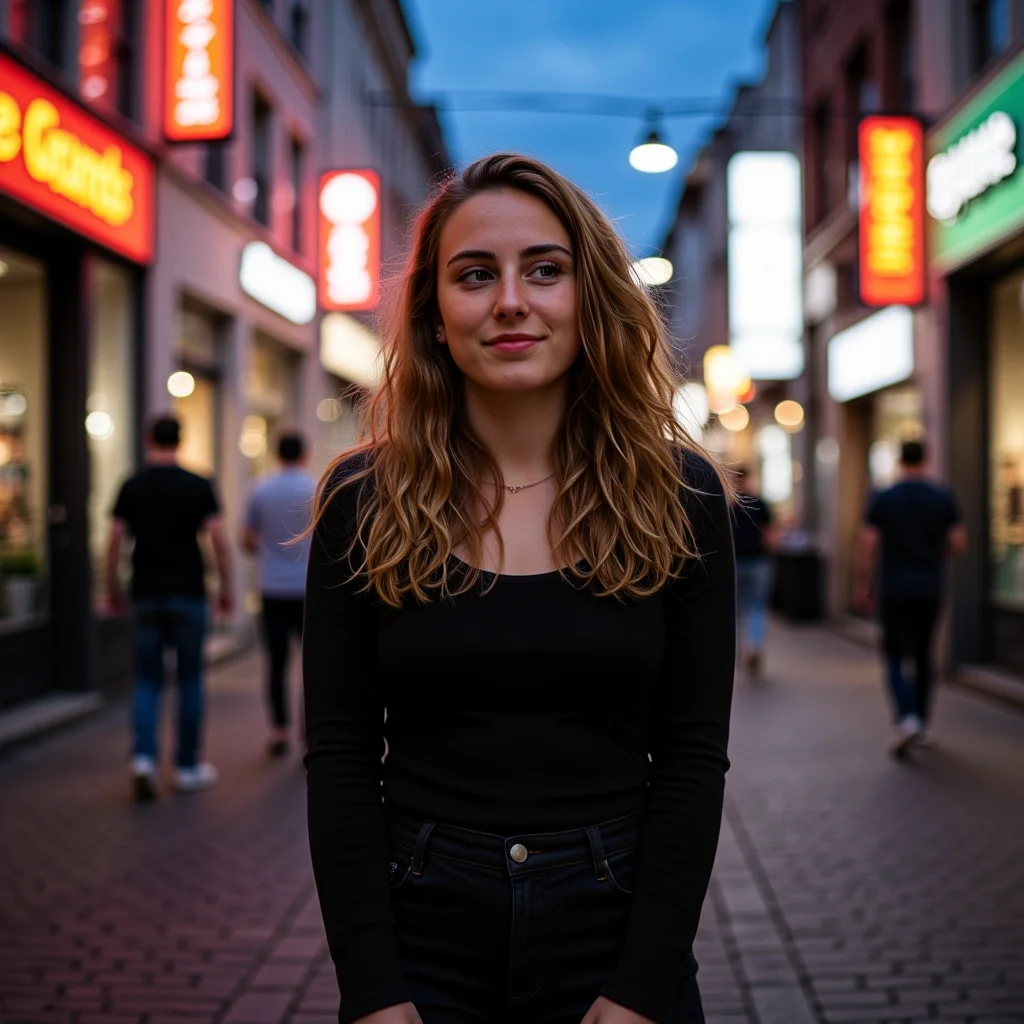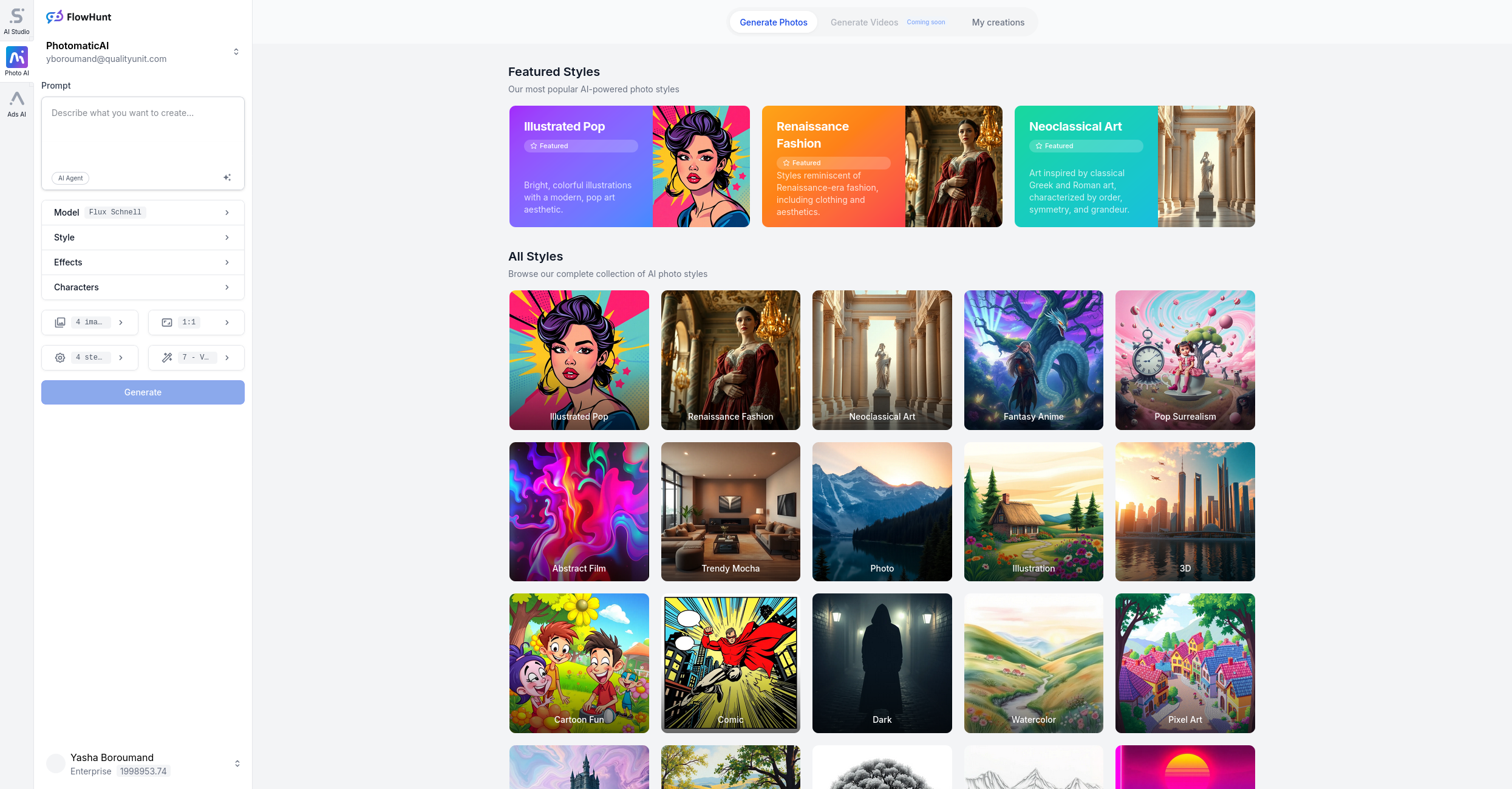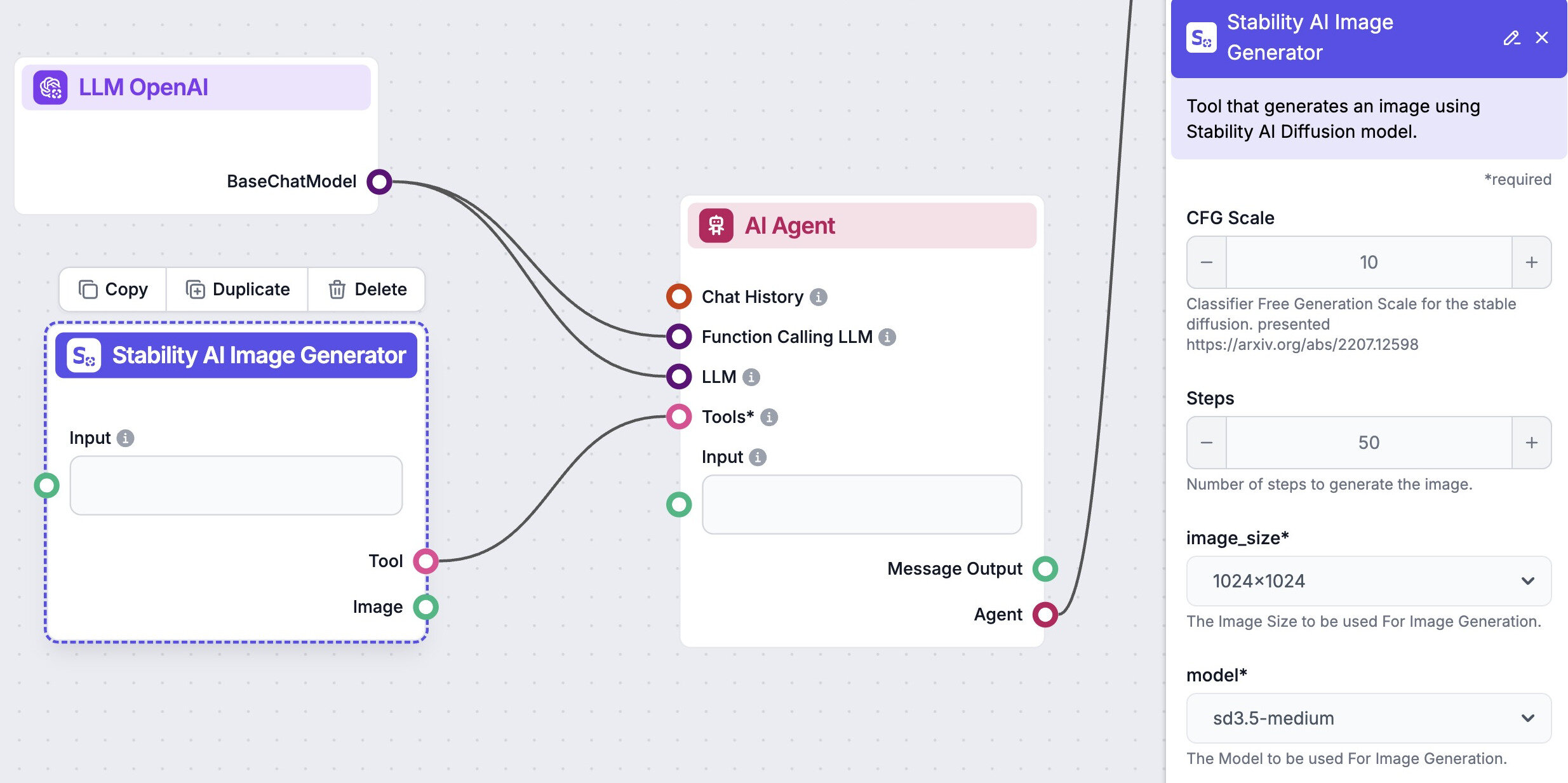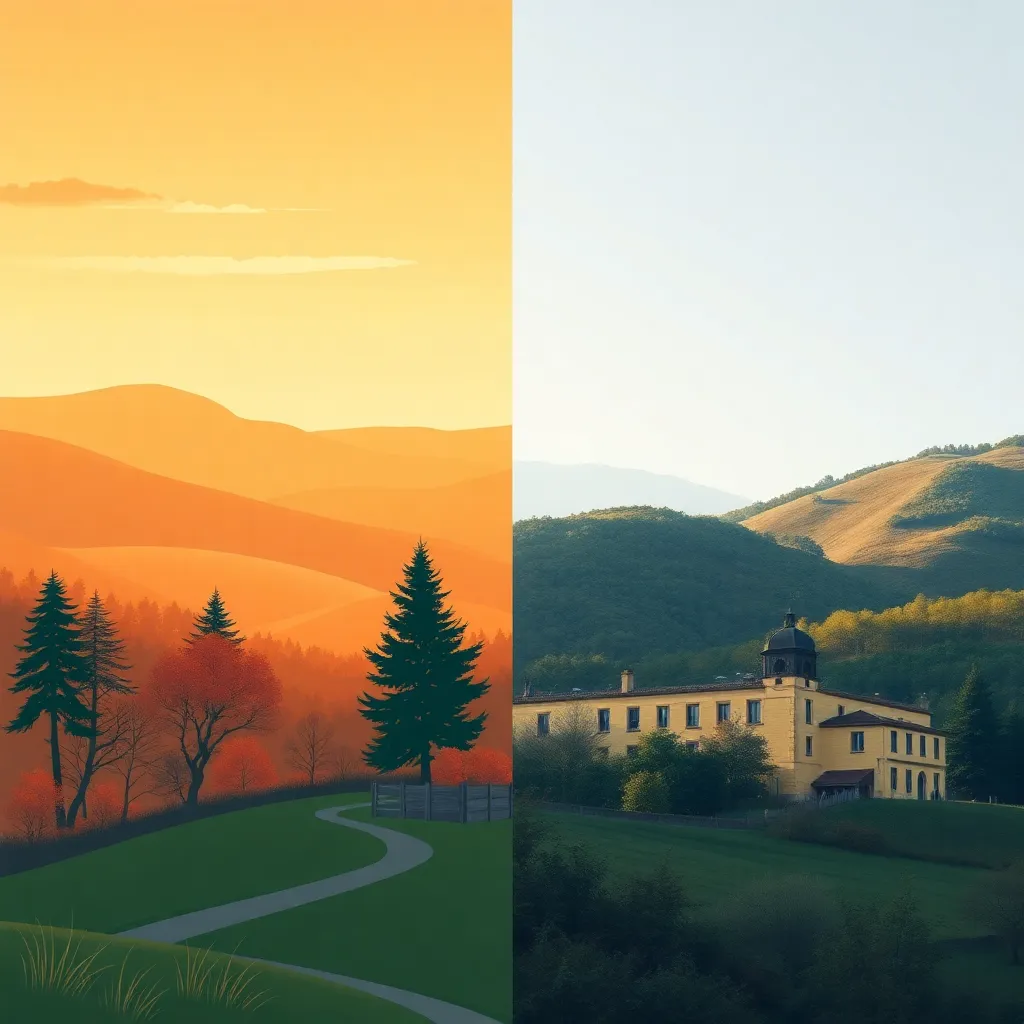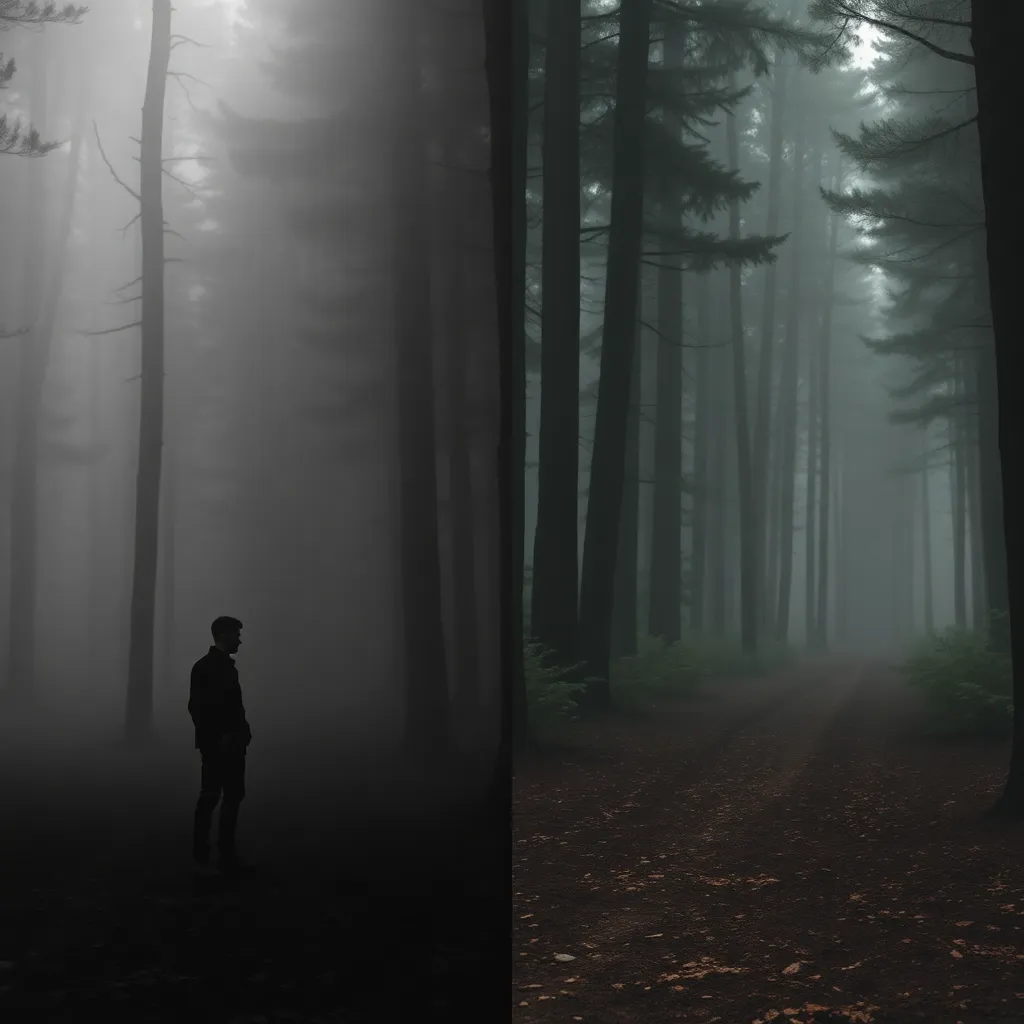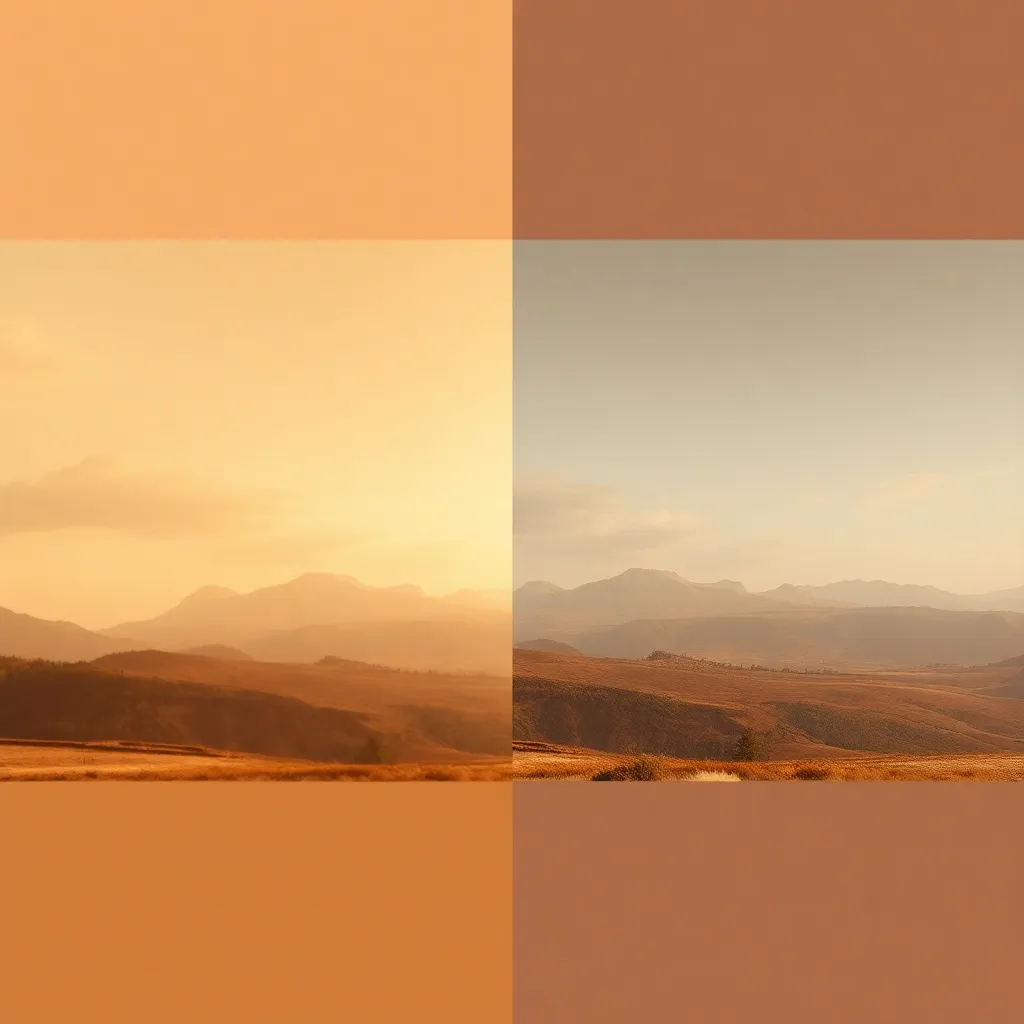
Warm Fine Art AI Image Generator
The Warm Fine Art Style is a photographic and post-processing effect characterized by painterly textures, glowing golden light, and rich, inviting color palette...
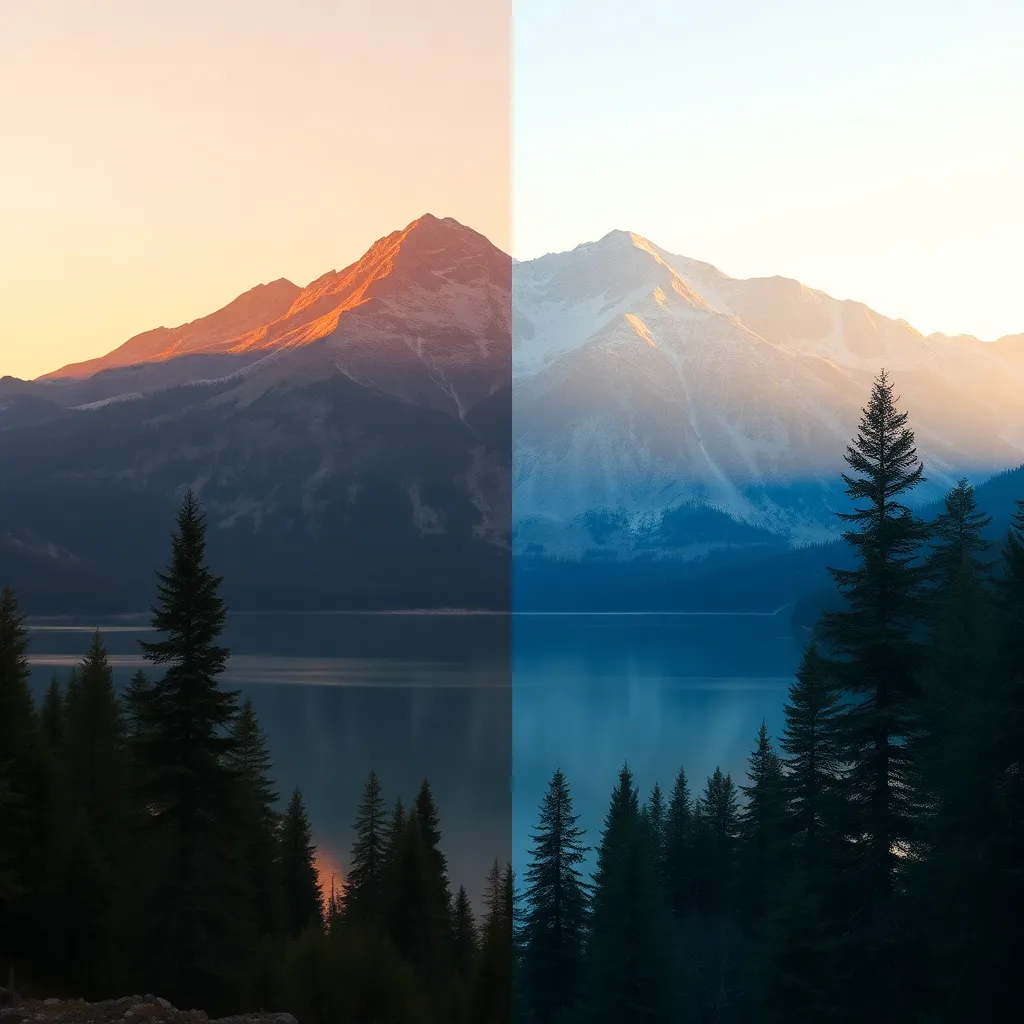
Style
The Warm and Cold style is a striking color grading effect that juxtaposes warm and cool tones within a single image, creating visually compelling contrasts. Widely used in portrait, fashion, cinematic, urban, and product photography, this style adds dramatic tension and depth, emphasizing emotion, atmosphere, and storytelling through color.
Train AI Image Models
Train a unique character from your own everyday photos, apply the ready to use Warm and Cold AI Image Generator to generate interesting and eye-catching images.
Starting point for AI training is set of your images. More images of same character can be added to improve the model.
Apply ready to use styles and effects on pretrained model or use custom prompt to generate images.
Images generated from the pretrained model
Use our Photomatic AI image generator to create captivating images with the Warm and Cold style effect. Easily achieve dramatic contrasts and cinematic atmospheres in your photos with just a few clicks. Try it now and experience the power of dual-tone color grading!
Generate your own AI images with Warm and Cold Style effects
The Warm and Cold style is a compelling photographic and cinematic effect that leverages the interplay between warm and cool color tones within a single frame. Warm colors (reds, oranges, yellows) evoke energy, passion, and comfort, while cold colors (blues, cyans, purples) convey calm, mystery, and distance. By balancing these opposing palettes, photographers and filmmakers create striking contrasts that draw the viewer’s eye, emphasize emotional duality, and heighten the drama of a scene.
Historically, the warm and cold style traces its roots to traditional painting, where artists like Rembrandt and Caravaggio used warm and cool lighting to add depth and focus. In modern times, the technique became prominent in Hollywood cinematography—especially in the blockbuster era of the 1980s and 1990s—where “teal and orange” color grading dominated action and drama films. Today, the style is a staple in digital photography and post-production, embraced by creatives seeking to add a cinematic or editorial flair to their work.
The Warm and Cold style is popular among:
This style is favored by both professionals and hobbyists, as it can be achieved through creative lighting setups or digital editing, making it accessible to a wide range of artists.
By juxtaposing warm and cold tones, photos gain a three-dimensional feel. Warm colors can bring subjects forward, while cool tones recede into the background, adding spatial depth.
Warm and cold colors trigger different emotional responses. Combining them within an image can create tension, highlight a narrative, or communicate complex feelings such as conflict, nostalgia, or excitement.
The eye is naturally drawn to areas of contrast. By placing warm and cold tones strategically, photographers can guide the viewer’s gaze toward the subject or focal point of the image.
This style mimics the color grading seen in movies and high-fashion magazines, imparting a polished, professional look that elevates the perceived quality of the image.
Warm and cold tones can represent opposing forces or duality—such as day versus night, emotion versus logic, or comfort versus isolation—adding layers of meaning to the photo.
Avoid overpowering your image with one tone. Aim for a harmonious balance that supports your subject and story.
During shooting, use colored gels or adjustable RGB lights to create warm and cold zones without relying heavily on post-processing.
Set your camera’s white balance intentionally—either to emphasize the contrast or to create a specific mood.
Use split-toning, HSL adjustments, or color grading tools in Lightroom, Photoshop, or video editing software to fine-tune the effect.
This style works best with subjects or scenes that can benefit from heightened drama or duality. For natural, documentary, or subtle looks, use the effect sparingly.
Not every image will suit extreme warm and cold contrast. Experiment with different strengths and placements of color to find what works best for your creative vision.
Conclusion:
The Warm and Cold style is a versatile and powerful effect that can transform ordinary images into visually captivating works of art. Whether you are photographing portraits, cityscapes, fashion, or products, this dual-tone approach adds depth, drama, and narrative appeal. By mastering this style, photographers and designers can elevate their portfolios and create images that resonate emotionally with their audience.
Automate your image generation with AI Agents
The Warm and Cold style effect is a color grading technique that uses contrasting warm (orange, red, yellow) and cold (blue, cyan, purple) tones within the same image. This dual-tone approach creates a visually dynamic look that emphasizes mood, emotion, and depth.
You can achieve the Warm and Cold style using lighting techniques during a photoshoot—such as colored gels or LED lights—or by applying color grading in post-production with software like Adobe Lightroom, Photoshop, or mobile editing apps. Many editing tools offer temperature and split-toning controls to help you create this effect.
Portrait, fashion, cinematic, urban, nature, and product photography all benefit from the Warm and Cold style. The effect enhances visual storytelling, adds drama, and highlights subjects by separating foreground and background with color contrast.
The human eye naturally reacts to color contrasts—especially warm versus cool tones. This style draws attention to the subject, creates emotional tension, and builds a visually engaging narrative by mimicking the dynamic range of light we experience in real life.
While the Warm and Cold style is highly effective for dramatic, stylized, or narrative-driven images, it may not suit every genre—such as documentary or naturalist photography where color accuracy is paramount. It's best used where you want to add mood or visual interest.
Let us help you automate your marketing tasks. Our platform allows you to create custom AI chatbots, agents, and workflows that can handle a wide range of tasks, from customer support to content generation.
Generate professional marketing visuals in seconds. Our AI creates stunning images that maintain brand consistency across all your campaigns without expensive design services.
Produce large volumes of customized content efficiently. Create hundreds of images, blog posts, and marketing materials simultaneously with our AI automation workflows.
Train AI models on your brand assets to create unique, on-brand visuals for any campaign. Maintain consistent visual identity across all marketing channels with character training technology.
The Warm Fine Art Style is a photographic and post-processing effect characterized by painterly textures, glowing golden light, and rich, inviting color palette...
Warm Vector Style is a modern illustration effect that uses a rich palette of oranges, yellows, reds, and browns to create inviting, friendly, and visually appe...
Moody B&W is a powerful black and white photographic style that uses deep contrast, dramatic lighting, and rich tonal range to evoke intense emotion and atmosph...
